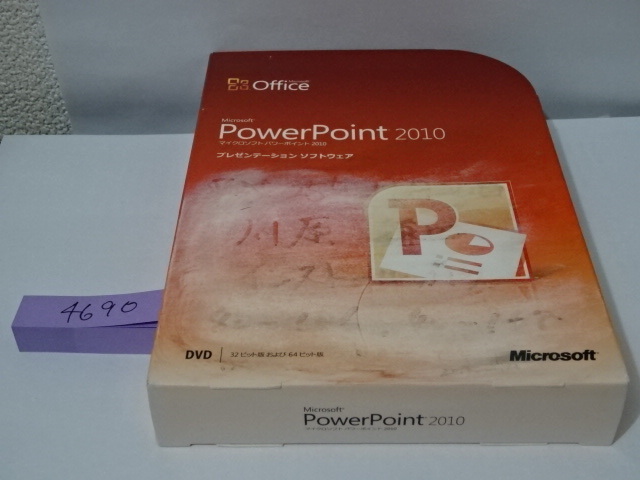
The PowerPoint presentation is omnipresent today. Most schools even oblige their students to use the program and argue that proper handling is a necessary skill for later life. Powerpoint has as many disadvantages as it has advantages.
The advantages of Powerpoint
On the one hand, the transport of a presentation is of course easiest if it is available in digital form.
In the same way as e-books or e-mails, you are also more environmentally friendly due to the low paper consumption.
The presentation also has some advantages for the presentation itself. The digital processing of the presentation requires a certain structure and organisation of the presentation, as only one topic should be addressed on each slide. In addition, PowerPoint offers more information and a good support if you forget what should be addressed next.
Powerpoint presentations can be played in a continuous loop on exhibition stands.
This allows you to present your company continuously on screen or canvas, while you can talk to interested parties about more concrete things. This also applies to sales talks that require graphic support.
If used correctly, the graphic support should also be the only task of the PowerPoint presentation. Through the graphic support, you have the possibility to get the attention of everyone rather than if you only speak freely.
A further advantage of the PowerPoint presentation is that changes and updates can be carried out even at the last moment without any problems in contrast to an elaborately designed presentation board.
The disadvantages of Powerpoint
The danger of forgetting that you are the focus of your lecture is great. It can happen that you rely too much on your presentation and forget your own posture and articulation. Also the darkening of the room in which the presentation is held can often be a problem, as many people relax too much and lose concentration.
In addition, to a certain extent it is always a bit treacherous to have to rely on the technique. If it also has many advantages, you’re pretty greasy if it fails.
The surrounding technology must also be accurate so that you can see the presentation on a screen, otherwise the presentation is distracted by darkening the room instead of supporting you in your presentation.
The same applies to the wrong handling of the program.
Because some people don’t know how to use PowerPoint and incorporate so many special effects into their presentation that the audience hardly knows what it’s all about. Because of this, if you plan to use the program, you need to have a high level of knowledge of it. Amateurish handling is the reason why PowerPoint today often has a negative connotation.
The 5 Deadly Sins with PowerPoint
There are many reasons for this. Most lie with the appearance of the presenter. But even badly used slides are a nuisance.
Deadly sin 1: “reading station
The presenter reads out his own slides. It’s as if he thinks the audience can’t read. Probably because he doesn’t have the content ready otherwise. Research shows that reading and listening to the same text causes confusion and worse results than either. Another effect: the presenter often turns to the wall and loses contact with his audience completely.
Deadly sin 2: Lots of text
Whole sentences distract the participant. Whole sentences are basically the wrong way (unless the wording has to be discussed, e.g. in advertising texts or contract formulations).
The less text – better: individual keywords – the more the listener concentrates on what is said and the presenter. And that should always remain more important than the slides. The side effect: the font can get bigger. 20 or even 16 points may sometimes still be readable, but 30 or 40 points are much more pleasant for the audience.

Deadly Sin 3: All Bullets at Once
The new slide is shown and on it six stitch points. Apart from the fact that there are too many: the audience will all read now. If they are particularly interested in the fifth point, they will not listen during points one to four, but will think about point five. Build up therefore the foils piece by piece. But please without moving animations.
Deadly Sin 3: Flying Texts
Animations (moving elements or slide transitions) only make sense if they serve the message. Moving texts confuse the eye and distract. The only exception is when a statement is supported by movement. Example: “two of the nine models shown here will fall out of the upcoming season” – and now these two fall out of the picture visibly downwards.
Deadly sin 5: Miscolours and contrasts
Colours can structure – and should structure. But again and again we see colors that either have too little contrast (also because the beamers are incorrectly set or too weak), or that are too bright or dark. Especially bad with (pie) diagrams, where the colors are explained in the legend, but often several colors are too similar.
Therefore check the colours with the beamer, there they are always clearly weaker than on the laptop screen. And do not work with legends in diagrams, but label the diagram directly.


